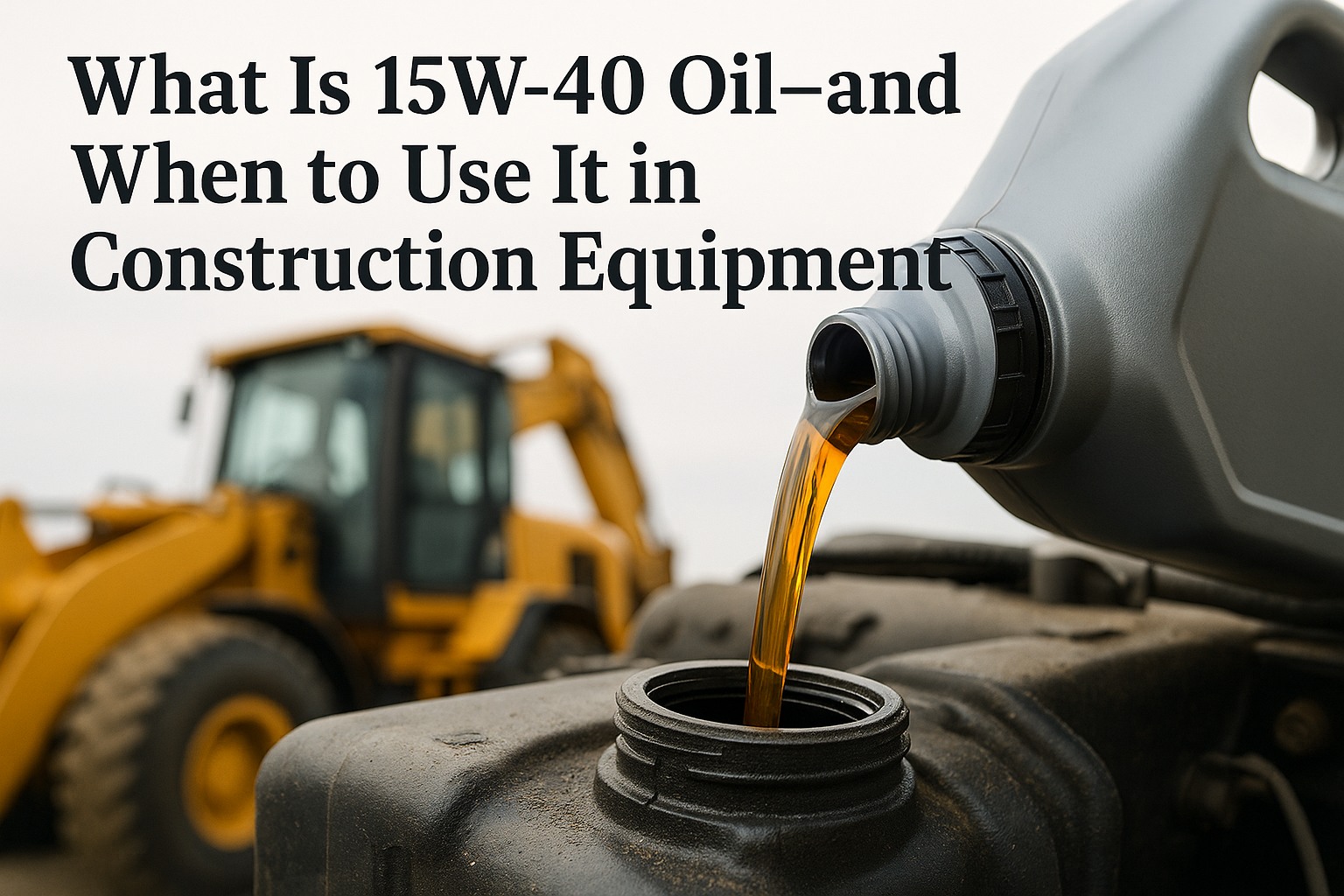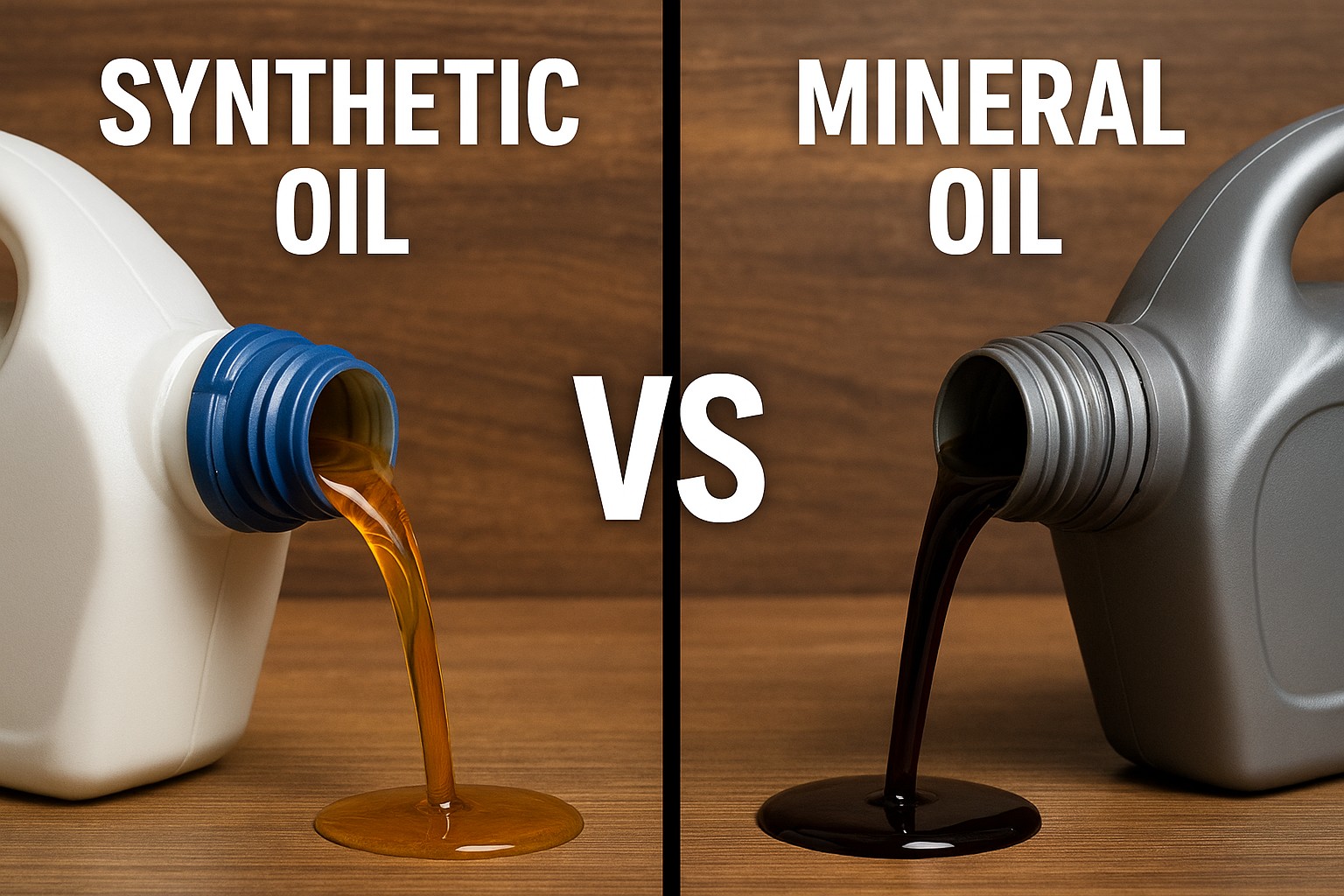Telematics technology represents one of the most transformative advances in heavy machinery maintenance, with data-driven preventive maintenance programs reducing unexpected breakdowns by 87% while cutting maintenance costs by an average of ₹6.8 lakhs per machine annually. Industry research reveals that 68% of construction companies still rely on calendar-based maintenance schedules that ignore actual equipment conditions, creating unnecessary service intervals and missing critical warning signs. Telematics-enabled preventive maintenance can reduce emergency repairs by 79%, extend equipment life by 45%, and decrease maintenance costs by 62% while ensuring optimal performance and maximum asset utilization across challenging operational environments.
The Maintenance Revolution: How Telematics Transforms Equipment Care
Modern construction operations depend on sophisticated machinery generating thousands of data points daily, where telematics systems capture, analyze, and translate this information into actionable maintenance insights that prevent failures before they occur. Telematics-enabled preventive maintenance transcends traditional time-based schedules to create condition-based maintenance programs that optimize intervention timing, reduce unnecessary service, and maximize equipment reliability.
Real-Time Performance Monitoring
Continuous tracking of engine parameters, hydraulic pressures, operating temperatures, and system performance indicators that identify developing problems weeks before traditional maintenance schedules detect issues.
Predictive Analytics Integration
Machine learning algorithms analyzing operational data patterns to predict component failures 3-8 weeks in advance, enabling planned maintenance that prevents ₹12+ lakh emergency repair costs.
Automated Alert Generation
Intelligent notification systems that automatically generate maintenance alerts based on actual equipment conditions rather than arbitrary time intervals, reducing unnecessary service by 45%.
Operational Efficiency Optimization
Data-driven insights enabling fuel efficiency improvements, productivity enhancements, and operational cost reductions averaging 18-25% through optimized equipment utilization and maintenance timing.
Fleet-Wide Visibility Integration
Centralized monitoring dashboards providing comprehensive fleet health visibility that enables strategic maintenance planning and resource allocation across multiple project sites and equipment types.
Compliance Documentation Automation
Automated maintenance record generation and regulatory compliance tracking that ensures safety standards while reducing administrative overhead by 70-80% through systematic documentation.
The Cost of Traditional Maintenance Approaches
Before implementing telematics-driven preventive maintenance, heavy machinery operations experience significant inefficiencies that impact both operational performance and financial results:
- Calendar-based over-maintenance consuming 40-50% more resources than necessary while failing to address actual equipment conditions
- Unexpected breakdown costs averaging ₹12-18 lakhs per incident due to lack of early warning capabilities and predictive insights
- Inefficient resource allocation with maintenance teams responding reactively to problems rather than proactively preventing failures
- Limited visibility into fleet health preventing strategic maintenance planning and causing suboptimal parts inventory management
- Compliance documentation burdens requiring manual record-keeping that increases administrative costs and audit preparation time
Transform your maintenance strategy with telematics-driven preventive maintenance systems
Getting Started Book a DemoFoundation Elements: Comprehensive Telematics Maintenance Framework
Professional telematics maintenance systems provide the technological foundation necessary for intelligent equipment monitoring, incorporating real-time data collection, predictive analytics, and automated maintenance scheduling into unified platforms that optimize maintenance timing and resource utilization.
Core Telematics Components and Architecture
Effective telematics maintenance frameworks integrate multiple data streams and analytical capabilities to create comprehensive maintenance optimization systems that balance equipment protection with operational efficiency.
Real-Time Data Collection Systems
Advanced sensor networks capturing engine performance, hydraulic system health, temperature variations, pressure readings, and operational parameters that provide continuous equipment health monitoring and trend analysis.
Predictive Analytics Platforms
Machine learning algorithms processing historical and real-time data to identify patterns, predict component failures, and optimize maintenance scheduling based on actual equipment conditions and usage patterns.
Automated Maintenance Scheduling
Intelligent scheduling systems that generate maintenance recommendations based on equipment condition, usage intensity, and operational requirements rather than arbitrary calendar intervals.
Fleet Management Integration
Centralized platforms providing comprehensive fleet visibility, maintenance coordination, and resource allocation capabilities that enable strategic planning and operational optimization across multiple sites and equipment types.
Advanced Digital Integration and Predictive Capabilities
Smart Maintenance and Condition-Based Optimization
Modern telematics maintenance transcends basic monitoring to incorporate artificial intelligence, predictive modeling, and automated decision-making that identifies optimal maintenance timing and prevents failures before they impact operations.
Condition-Based Maintenance Algorithms
Advanced algorithms that analyze equipment performance data to determine optimal maintenance timing based on actual wear patterns, operating conditions, and component health rather than predetermined schedules.
Predictive Failure Modeling
Machine learning systems that identify failure prediction patterns and component degradation trends, enabling maintenance interventions 3-8 weeks before failures occur and preventing costly emergency repairs.
Automated Alert Generation
Intelligent notification systems that automatically generate maintenance alerts, work orders, and resource allocation recommendations based on equipment condition thresholds and operational requirements.
Performance Optimization Analytics
Data analysis capabilities that identify opportunities for fuel efficiency improvements, productivity enhancements, and operational cost reductions through optimized equipment utilization and maintenance strategies.
Implementation Methodology and Best Practices
Phased Deployment Strategy for Telematics Maintenance Systems
Successful telematics implementation requires systematic deployment approaches that minimize operational disruption while maximizing data accuracy and maintenance optimization across diverse equipment fleets and operational environments.
Phase 1: Infrastructure Development
Telematics hardware installation, connectivity establishment, data collection verification, and baseline performance measurement to create foundation for predictive maintenance capabilities.
Phase 2: Analytics Integration
Predictive analytics deployment, maintenance algorithm configuration, alert threshold establishment, and system integration with existing maintenance management and operational platforms.
Phase 3: Optimization and Automation
Automated scheduling implementation, advanced analytics activation, performance optimization, and comprehensive maintenance strategy refinement based on operational data and effectiveness measurement.
Phase 4: Strategic Enhancement
Advanced predictive capabilities, fleet-wide optimization, strategic maintenance planning, and continuous improvement based on performance analytics and operational feedback.
Change Management and Technology Adoption
Telematics maintenance implementation success depends heavily on organizational adoption and cultural transformation, requiring comprehensive training programs and change management strategies that encourage data-driven maintenance practices.
Technical Training Program Development
Comprehensive training for maintenance technicians, fleet managers, and operators covering telematics system operation, data interpretation, and condition-based maintenance protocols requiring 24-32 hours per role.
Data-Driven Decision Making
Cultural transformation initiatives that encourage data-based maintenance decisions over intuition-based approaches, supported by performance metrics and success measurement systems.
Integration Support Systems
Technical support frameworks for system integration, troubleshooting, and optimization that ensure successful technology adoption and maximize system effectiveness throughout implementation.
Performance Measurement Programs
KPI development and tracking systems that measure telematics effectiveness, maintenance optimization, and operational improvement to demonstrate value and guide continuous enhancement.
Accelerate your telematics maintenance transformation with expert implementation support
Getting Started Book a DemoAnalytics and Performance Monitoring Capabilities
Advanced Telematics Analytics and Optimization Tracking
Telematics maintenance analytics transform raw operational data into actionable maintenance insights that enable continuous optimization, cost reduction, and performance enhancement across equipment fleets and operational environments.
Real-Time Performance Dashboards
Executive and operational dashboards providing immediate visibility into equipment health, maintenance effectiveness, and fleet performance with predictive insights and strategic recommendations.
Predictive Maintenance Analytics
Advanced analytics identifying maintenance optimization opportunities, failure prediction accuracy, and cost reduction potential based on historical performance and real-time operational data.
Cost Optimization Analysis
Comprehensive financial analysis covering maintenance cost reduction, operational efficiency improvements, and ROI measurement that quantify telematics system value and effectiveness.
Compliance and Documentation Systems
Automated compliance tracking ensuring maintenance activities meet regulatory requirements, manufacturer warranties, and safety standards with comprehensive audit trail capabilities.
ROI and Operational Excellence Outcomes
Quantifiable Financial Benefits and Performance Improvements
Telematics-driven preventive maintenance delivers measurable financial returns through multiple value streams that extend beyond direct maintenance savings to encompass operational efficiency, productivity enhancement, and equipment longevity benefits.
Operational Efficiency and Competitive Advantages
Comprehensive telematics maintenance creates operational advantages that enhance competitive positioning through improved equipment reliability, predictable maintenance costs, and enhanced project delivery capabilities.
- Enhanced project reliability with predictable equipment availability and minimal unexpected maintenance disruptions affecting delivery schedules
- Optimized equipment utilization averaging 94%+ availability compared to 78% with traditional maintenance approaches and reactive scheduling
- Reduced operational costs through fuel efficiency improvements, productivity optimization, and strategic maintenance timing that maximizes equipment value
- Improved fleet management with centralized visibility enabling strategic resource allocation and maintenance planning across multiple project sites
- Enhanced safety performance through proactive maintenance that prevents equipment failures and reduces accident risks during operations
Compliance and Regulatory Alignment
Regulatory compliance requirements make telematics-driven maintenance essential for construction operations, with safety standards, environmental regulations, and equipment certification demands requiring comprehensive monitoring and documented maintenance programs.
Safety Standard Compliance
Automated safety monitoring and maintenance verification ensuring DGMS compliance and safety regulation adherence, reducing violation risks and associated penalties through systematic documentation.
Environmental Regulation Support
Emission monitoring and environmental compliance tracking ensuring regulatory adherence while optimizing fuel efficiency and environmental performance through data-driven maintenance strategies.
Insurance and Risk Management
Comprehensive risk monitoring and maintenance documentation supporting insurance requirements and reducing premium costs through demonstrated proactive maintenance and safety programs.
Warranty Protection and Optimization
Manufacturer warranty compliance tracking and documentation ensuring warranty protection while optimizing maintenance timing to balance warranty requirements with operational efficiency.
Future Outlook and Technology Evolution
The telematics maintenance landscape continues evolving with emerging technologies that promise enhanced accuracy, automated maintenance coordination, and advanced predictive capabilities that will further improve equipment reliability and operational efficiency.
Artificial Intelligence Integration
Advanced AI algorithms providing enhanced predictive accuracy, automated maintenance optimization, and intelligent resource allocation based on complex operational data analysis and pattern recognition.
Edge Computing Implementation
Real-time data processing capabilities enabling instant decision-making and immediate response to equipment conditions without relying on cloud connectivity for critical maintenance decisions.
Augmented Reality Integration
AR-enabled maintenance guidance providing technicians with real-time equipment analysis, maintenance procedures, and expert system support for complex repairs and optimization procedures.
Blockchain Maintenance Records
Immutable maintenance documentation and equipment history validation providing enhanced warranty protection, compliance verification, and equipment value optimization for resale and trade-ins.
Frequently Asked Questions
Ready to implement telematics-driven preventive maintenance for your heavy machinery fleet?
Getting Started Book a Demo



